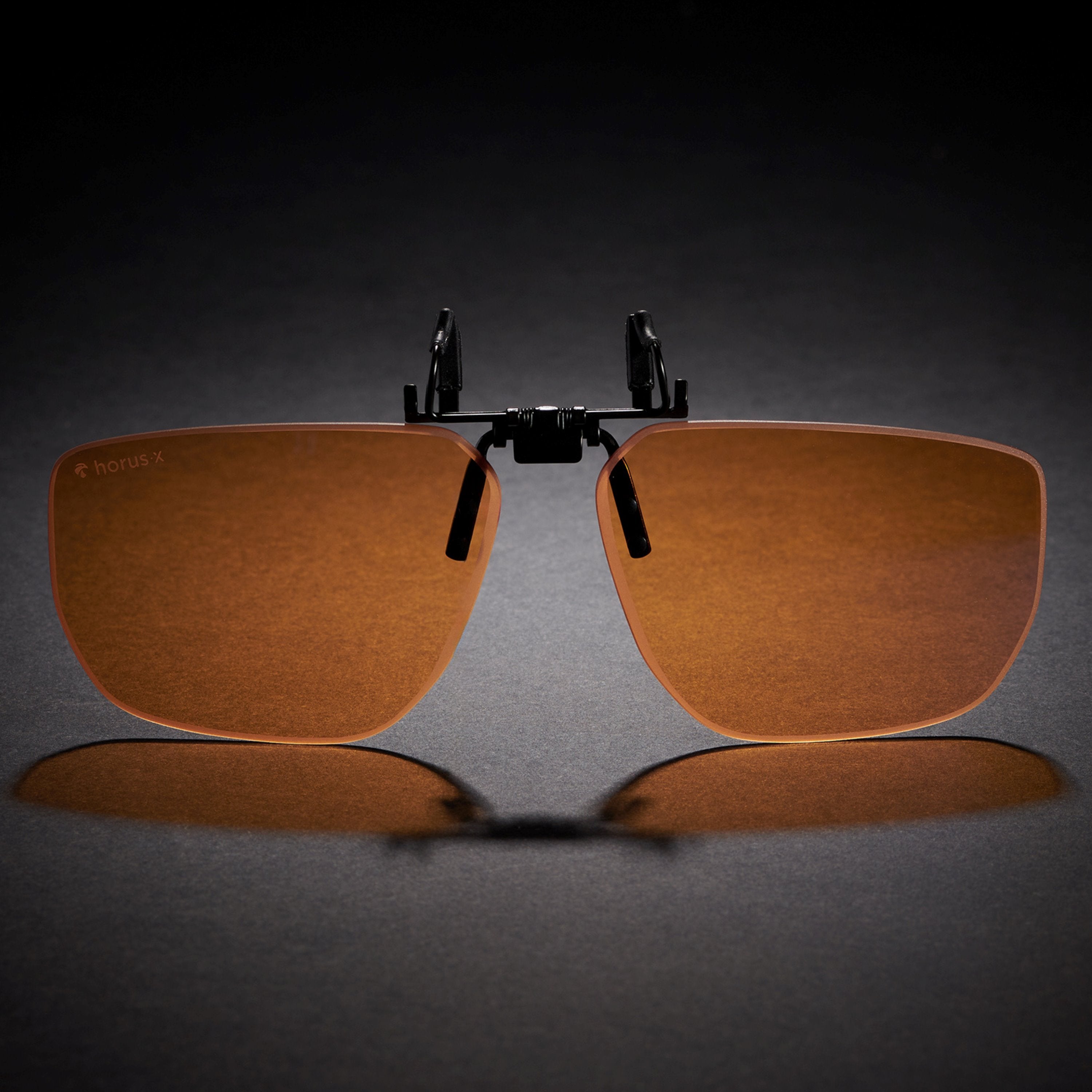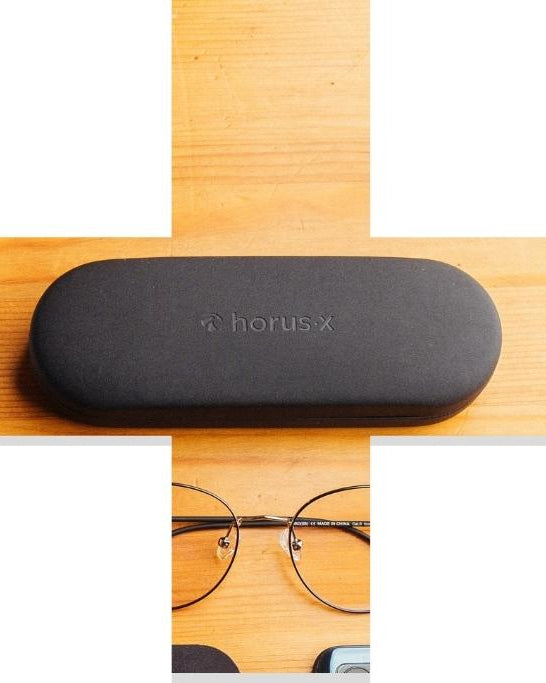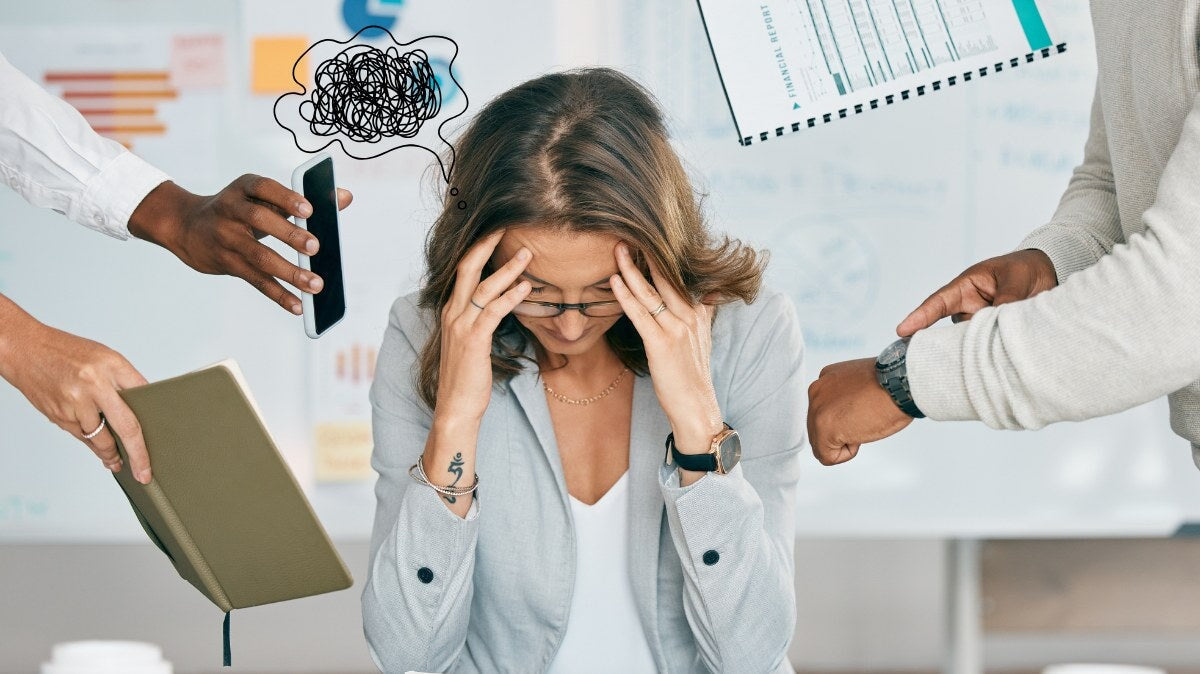Your back is completely blocked? You are in the right place ! Our back not only absorbs the support of the bust and the loads that we carry, but it also takes the full brunt of the effects of stress and anxiety. Seven cervical, twelve dorsal and five lumbar : these are all cogs that can get stuck! Fortunately, there are solutions to relieve pain during attacks, but also and above all to limit their recurrence.
Summary :
-
What to do when your back is blocked? [Quick Guide to Relief]
-
How to avoid blocking the back?
-
Back blocked: what to do in brief?
What to do when your back is blocked?
The "blocked back" is not a precise symptom, nor a well-defined pathology. Some will find themselves stuck stiff in the spine. Others end up totally bent over, unable to straighten up because of lower back pain.
In a large majority of cases, your back is not broken and it is simply a muscular reaction to protect the body. The intensity of the pain does not reveal the seriousness of the problem.
👉 Note all the same that the causes of blocked backs are multiple and we present to you here the first aid which can help you quickly but you will then have to get help from a pro and put in place strategies to prevent this from happening. reproduce!
[Step 1 🧘]: Don't panic

Easier said than done, but keep in mind that a locked back is only a temporary episode, no matter how painful or uncomfortable it may be. Relaxing will release the muscles (which are probably involved here) and avoid any unnecessary tension that would only aggravate the symptoms.
👉 Breathe deeply through your nose, 5 to 10 times before moving on to the next step. At home we like the 4-7-8 technique which promotes relaxation in a very effective way. 4 seconds of deep breathing, 7 seconds holding the breath, and 8 seconds blowing out.
[Step 2 🔥🧊]: Apply heat or cold

It's a bit of a controversial topic because there's no consensus. Here it really depends on the problem and it may take some testing to see what works best for you. Anyway many physiotherapists, osteos, chiropractors recommend the cold!
🧊 Acute pain
Acute pain, which you are probably feeling while reading this article, is of short duration ranging from a few minutes to a few hours (unlike chronic pain which comes back regularly) it is a warning signal to maintain our physical integrity. In the majority of cases, the cold then seems the most relevant to calm and reduce the pain because it will play a role of anesthesia of the pain and will allow you to gradually regain the mobility, essential to be able to unblock the situation.
👉 Tips:
-
Use an ice pack (a bag of frozen peas also works)
-
Apply it on the painful area, but not more than 20 minutes!
-
Not directly on the skin (always with an intermediate fabric so as not to get frostbite).
🔥 Chronic Pain
It's probably not your case if you just blocked yourself and that's why we don't necessarily recommend the heat here.
In case of chronic pain, ie felt for a long time, heat can be used. It is not recommended in the case of immediate intense pain because it risks accentuating the inflammation. So you don't fall asleep with your hot water bottle on your back! Waking up would be even worse.
[Step 3 🛏 ]: Lie down for a few minutes

Lying down for a few minutes can help ease the pain while you apply the cold .
👉 You have to try, as much as possible, to do it on a support that is not too soft. If your mattress is a little firm it will be perfect. On the other hand, if it offers a feeling of a waterbed, absolutely avoid it and prefer to lie down on the ground which will allow you to realign your posture.
👉 Once on the floor, the feet on the chair method also works well to realign the blocked back and relieve pain.
It's just a matter of lying down for a few minutes to relax the muscles and realign the posture.
⚠️ On the other hand, it is absolutely inadvisable to stay in bed all day, which would cause back tension and, ultimately, a loss of muscles. A totally counterproductive result. The key to recovery is mobility.
[Step 4 🏃♀️]: How to relieve blocked back pain? Work on mobility

Contrary to what you might think, you have to gradually get moving to be able to unlock your back. If it is indeed Lumbago, or in simple terms, back pain, then these 5 tips should help you (thanks to our favorite internet physio Major Movement).
Round back hollow back 🐈⬛🐄 [30 to 60 times]
We get on all fours, we exhale making the round back, we inhale making the hollow back. This will loosen up the back and send the signal to the muscles that they can relax. It is really a work at the level of the pelvis and the head.
-
Half Superman 🦸♂️ [10 times each side]
Always on all fours, stretch one leg backwards and if possible the opposite arm forwards. We push as far as possible on each side to create an overall body engagement.
-
Rolled legs ⚽️ [30 seconds]
Lying on your back, bring your knees up to chest level, holding them with your hands to make a ball. This will help stretch the lower back. After 30 seconds, slowly lower your legs under the control of your hands. Remember to breathe calmly.
-
The wedged pillow [3 times 30 seconds on each side]
You lie down on the cushion at the level of the pelvis to create a slight inclination. Bend the bottom leg and straighten the top leg. The head comes to rest on the hand and the other hand comes to stretch above the head. Push the hand and foot as far as possible.
-
Lower back extension [30 breaths]
In the lying position, the cushion is positioned under the lower back. We stretch our arms and legs. Inhale deeply and exhale deeply, 30 times.
[Step 5 👩⚕️]: Who to go to when your back is blocked? Make an appointment and consult!

Even if the pain passes, a blockage is synonymous with an imbalance somewhere in your body.
The ideal if you want to be reimbursed is to go through the general practitioner, who will most certainly issue you a prescription for physiotherapy sessions, yes who will refer you to an osteopath depending on your case (for information, osteopathy not covered by health insurance).
BUT if it's an emergency (and it probably is if you're reading this article) and you can't move at all, we advise you to go directly to the physiotherapist or chiropractor to help you. It won't be reimbursed (due to our wonderful "health course" system) but the fact of being able to at least move a little is well worth the cost of this first session.
You can then go to your GP and come out with a few additional sessions that can help you in the long term (massage, muscle relaxation, etc.), but also with advice on exercises to perform against pain.
Exercises that will be useful both in the event of a blocked back crisis, and in day-to-day prevention.
💊 The case of painkillers
Helping yourself with painkillers can help get rid of a back blockage. However, anti-inflammatories and muscle relaxants are particularly aggressive with the intestinal flora, they are not recommended except in extreme cases.
If you have never consulted about a back blockage before, settle for paracetamol or ibuprofen first. Your doctor, specialist, will then be able to advise you on a more targeted solution if this is necessary.
Back blocking is common and there is no point in panicking!
How to avoid blocking the back?
Lightning bolts, stabbing pains and the ability to move like an urchin. If this episode is recurring in your life, that does not make it inevitable. You can take preventive action and avoid looking like quasimodo when you drag yourself to the photocopier.
Especially since if a lumbago or other back blockage can pass in one or two days at 20 or 30 years old, it is no longer the same story at 40 or 50 years old. Taking care of your back means preserving part of your health capital for the future (ok, that's a bit of an easy slogan but it couldn't be more true).
Muscle your back
When the back muscles play their role, they hold the vertebrae in place and partially support the back loads. Conversely, a weak back will put too much stress on the spine.
Therefore, the vertebrae of a muscular back will be much less sensitive to possible blockages or other more or less disabling pathologies.
That said, you've finally figured out how to cancel the gym membership you haven't been to for three years, and the 15°C municipal swimming pool tempts you moderately (which is a shame, because swimming remains one of the most beneficial sports for the back muscles).
Don't worry, a small home session two to three times a week (maximum every other day) will allow you to re-muscle your back, and strengthen your abdominal belt which also contributes to relieving the back.
Do a frontal plank, also called “the plank”: in the push-up position, but resting on your elbows, hold the posture for 30 seconds. After a few sessions, you can go to a minute. You can even take one foot off the ground for more difficulty.
Do the same thing laterally: sideways, resting on one elbow. Once to the right, then once to the left.
Of course, this is an exercise to start with. By proceeding in stages, we bet that you will take a liking to it and embark on other skills !
Adopt a good working posture
When you work behind a desk, or spend hours playing there, it is important to respect a minimum of ergonomics for the back as for the rest of the body.
The desk and seat height should allow you to stand straight with your knees at right angles and your elbows resting on the desk without hunching. A seat that allows your lumbar spine and your thoracic spine to maintain a natural and restful position.
The place of the screen is such that your glance arrives at the top of two-thirds of the monitor. Your cervical spine thus remains well in line.
All of this is achievable for a desktop PC. On the other hand, for a laptop, raise the laptop on a support provided for this purpose, and adjust the height according to your well-being.
So of course, you can't hold the same position for hours, but try to keep the lumbar, dorsal, cervical axis as much as possible.
Also think about visual fatigue, a vector of tensions throughout the body that are felt even on the back. Work in a sufficiently bright environment, but not too much either. And remember to filter out the harmful spectrum of blue light from screens by activating your OS's blue light filter. Or wear blue light blocking glasses .
Put the weight on your legs
So that, we told you again and again: you don't bend your back to pick up a load on the ground, you bend your knees!
Leaning over using only your back is the best way to turn your back.
So we make the effort to go down like an imaginary elevator and to put the weight on the thighs and knees.
Choose a good bed
The quality of your bed is an essential asset in the fight against back pain.
A mattress that is too soft, or a worn base, are causes of accentuation and recurrence of pain.
So before you get to the pain of the kidneys in the morning, think about renewing your bedding set. Opt for a semi-firm or firm mattress, preferably with shape memory.
Sleep properly
Falling asleep every night watching the latest episodes of your TV series is not ideal for your back. The sofa, as comfortable as it is, is not worth a good night's sleep on your bed.
Besides, we're not going to lie to each other, waking up in the middle of the night in the living room is often synonymous with the onset of back pain.
So before diving in, we motivate ourselves to go straight to bed!
Avoid the car
You should know that sitting in a car is certainly one of the worst for the back. The little bonus lies in the entry and exit which involve a rotation of the pelvis with the leg stretched on a stationary posterior. If we had wanted to invent a machine to hurt our backs, we wouldn't have gone about it any other way.
The advice for getting into a car is to sit on the seat with both legs out, then swivel a quarter turn in the seat to face the road. Thus, you maintain a coherent axis over the entire spine and you limit pain. For the descent, it's the same but in reverse.
Of course, if you are in the middle of a back blocking crisis, it is impossible for you to drive. Not only is your attention greatly diminished, as is the amplitude of your gestures, but it is enough for a pinch to awaken the deep pain for you to completely lose your footing behind the wheel.
So, get a ride…maybe from the person who gave you the heating gel…
Back blocked: what to do in brief?
Back pain therefore requires rest but not a total cessation of your activities! As painful as it is, in most cases it is muscle pain. Quite the contrary. It is absolutely necessary to work to regain mobility.
In order not to have "full back" with the pain of a turn of the kidneys or a lumbago, think:
To strengthen your back
To make your workspace more ergonomic
· To bend the knees
And in case of crisis:
Meditate, breathe, lie down for a few minutes
· Cool or Heat!
. Do mobility exercises
Consult
· Take care of yourself
We remind you that these are only small tips between us, this article is not medical advice and that the most important remains the opinion of a live pro :)

















Comments
Merci pour les, infos
Merci, vous avez sauvez mes vacances en Irlande. Dos bloqué pour la 1ère fois à 53 ans, j’en ai pleuré. Vos conseils sont rassurants et après des respirations et une bonne relaxation, j’ai retrouvé assez de mobilités pour faire les visites de Dublin. Après 2 jours, ça va mieux. Je passerai aux exercices de musculation du dos et de la sangle abdominale une fois que ça ira bien. Un grand merci pour ces conseils de qualité.